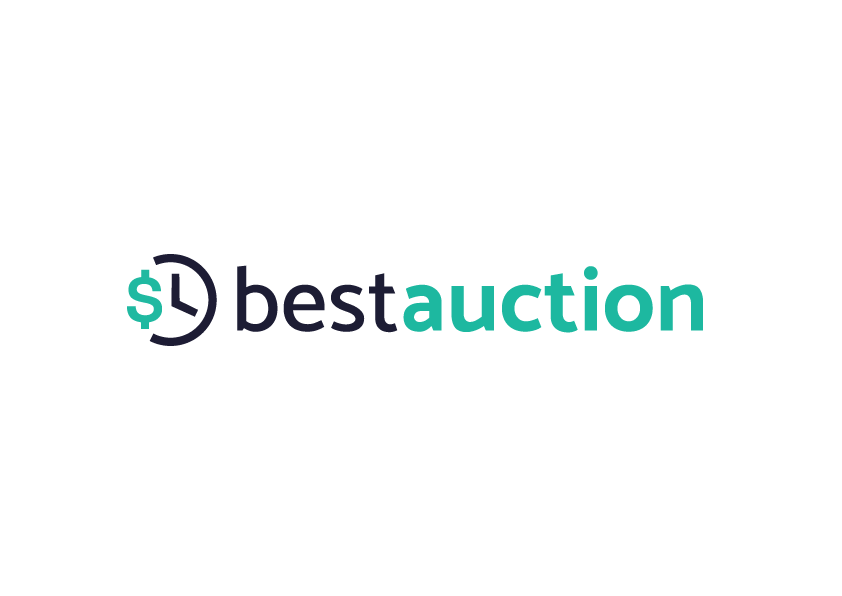Procurement Masters

Should COVID-19 change your procurement processes?
The current Covid-19-crisis has tested our readiness to manage the whole procurement process from the very beginning till the end and to cope in this disruptive and constantly changing business environment. The situation is changing rapidly and the spread of the virus around the world has created so many problems not only in this fields of activities.

Procurement during the COVID crisis
Billions of people are being affected by the new COVID-19 pandemic, setting off an unprecedented global health crisis.

Reverse Auction – The Sourcing Innovation Blog HU
A reverse auction is an auction where the roles of buyer and seller are reversed and the primary objective is to drive purchase prices downward (as opposed to the rising prices in a regular auction).

Reverse Auction – The Sourcing Innovation Blog E
A reverse auction is an auction where the roles of buyer and seller are reversed and the primary objective is to drive purchase prices downward (as opposed to the rising prices in a regular auction).

‘Reverse Auctions’ Draw Scrutiny HU
It is like an eBay of Washington, a well-appointed and well-connected online marketplace for lucrative government contracts.

‘Reverse Auctions’ Draw Scrutiny E
It is like an eBay of Washington, a well-appointed and well-connected online marketplace for lucrative government contracts.

How to Compete in a Reverse Auction HU
A growing number of large companies are forcing suppliers to bid through reverse auctions. Here’s how to survive one with your margins intact.

How to Compete in a Reverse Auction E
A growing number of large companies are forcing suppliers to bid through reverse auctions. Here’s how to survive one with your margins intact.

When to use Reverse Auctions HU
Reverse auctions as a tool have been around since the late 1990’s. They have been used in the Fortune 2000 to obtain more favorable pricing, to reduce cycle times, and to lower overall supply costs.

When to use Reverse Auctions E
Reverse auctions as a tool have been around since the late 1990’s. They have been used in the Fortune 2000 to obtain more favorable pricing, to reduce cycle times, and to lower overall supply costs.
